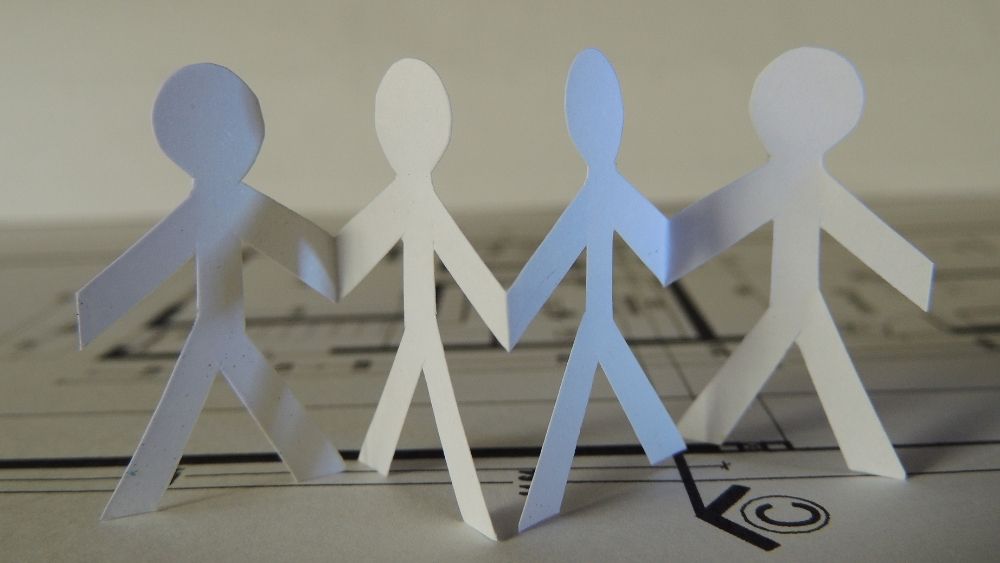Insights
INSIGHTS
All Topics
My Account
A guide to building digital marketing personas
27 May 2021by Mary Wessel
We provide you with everything you need to know about marketing personas and how to create them
The most effective communication feels one-on-one. Whether you’re sending a fundraising email or running a social media campaign, the more closely you can connect to your audience, the more successful you’re likely to be. Even by personalising a subject line, you’re upping the chances of it being opened by 26%.
So the ideal is for a bespoke experience that uses data to tailor communications for each individual. But for mass marketing that’s a long way off. The next best thing? Create marketing personas.
What is a marketing persona?
A marketing persona is a fictional character who represents one type of your supporter or user. A marketing persona will have a name, demographic details (age, gender etc.), interests, and fundraising patterns. They might even have a favourite breakfast cereal.
The fuller the picture, the easier it is to think about and speak to them. It’s much easier to write an email to Alan, 63, long-term charity supporter, and Tottenham fan than to a faceless mass of labels.
Why do you need to create marketing personas?
When you know your audience, you can fine-tune your communications to make them even more powerful. You won’t waste money on ineffective messaging. Instead, you can create communications that speak the right language, use the most emotive images, push the right buttons, and use the best channels for the people you’re targeting.
For example, if you’re targeting high net worth individuals to donate significant sums of money, the tone, messaging, and channels you’ll want to use will be different from those most appropriate for coffee morning fundraisers.
And having a specific person in mind, albeit an imaginary one, can make your comms or products even sharper. Here’s how to get started.
1. Get to know your current supporters and users
Start with what you already know. Dig deep into your existing data and draw out the information at your fingertips that will start to give you a clearer picture of the people already on your radar. Think newsletter subscribers, events participants, Twitter followers.
Spending time on initial research will pay dividends. And using your data as a starting point, means that your personas will be based on hard facts.
2. Then get to know them a little bit more
Now you’ve got the quantitative research nailed, get a deeper understanding of your audience. Use surveys, feedback forms, or interviews to find out more about your audience. You might like to ask them:
- When and how often do you like to donate?
- How do you donate?
- Why do you give to our charity?
- Why do you not give to other charities?
- How do you like to receive information?
- What motivates you to volunteer with us?
Another great source of information are the people in-house who know your supporters or users best – like fundraising teams, social media managers or helpline teams. It’s also useful to run your first cut marketing personas past these colleagues, as they’re likely to be able to flag up anything that jars or add any useful details.
3. Create your marketing personas
Now it’s time to find patterns and groupings from all that you’ve discovered so far. The groupings you discover will form the basis for each persona. You’ll probably need a few, but start with a couple first.
Too many personas can lead to your messaging being diluted and creating extra (and possibly unfruitful) marketing. For example, you might find that a core fundraiser group are in their 20-30s, live in cities and are active in their communities.
From there, imagine one person within that group and write a pen portrait. So that could be Frank, 26, lives in Bethnal Green, active on Twitter and Instagram, loves cycling and rock climbing, volunteers occasionally with the local city farm, and is more likely to give to smaller charities where he can see a direct impact of his donation.
There are lots of persona marketing templates out there to guide your process. Here are two from Miro and Hootsuite.
4. Put your personas to use
Introduce your personas to the rest of the charity, especially those involved in product development or comms. Then put those personas at the front of your thinking every time you make a decision about which social media channel to use, how to shape your content strategy, or which messaging to include on your donate page.
As well as the external benefits, using personas can also help to bring your teams together with a clearer understanding of stakeholders.
5. Revisit and fine-tune
Your personas aren’t static. As you get more data or information, or as your groups of volunteers, users, and supporters evolve, review your marketing personas and reshape them so they remain accurate representations of your audience.
More on this topic
Recommended Products
19 Feb 2025by Laura Stanley
Marketing trends for charities in 2025
17 Feb 2025by Laura Stanley
Charity Digital Exchange: Grow your charity with AWS
15 Jan 2025by Laura Stanley
How to update your charity's story in 2025Sponsored Article
Our Events
Charity Digital Academy
Our courses aim, in just three hours, to enhance soft skills and hard skills, boost your knowledge of finance and artificial intelligence, and supercharge your digital capabilities. Check out some of the incredible options by clicking here.















